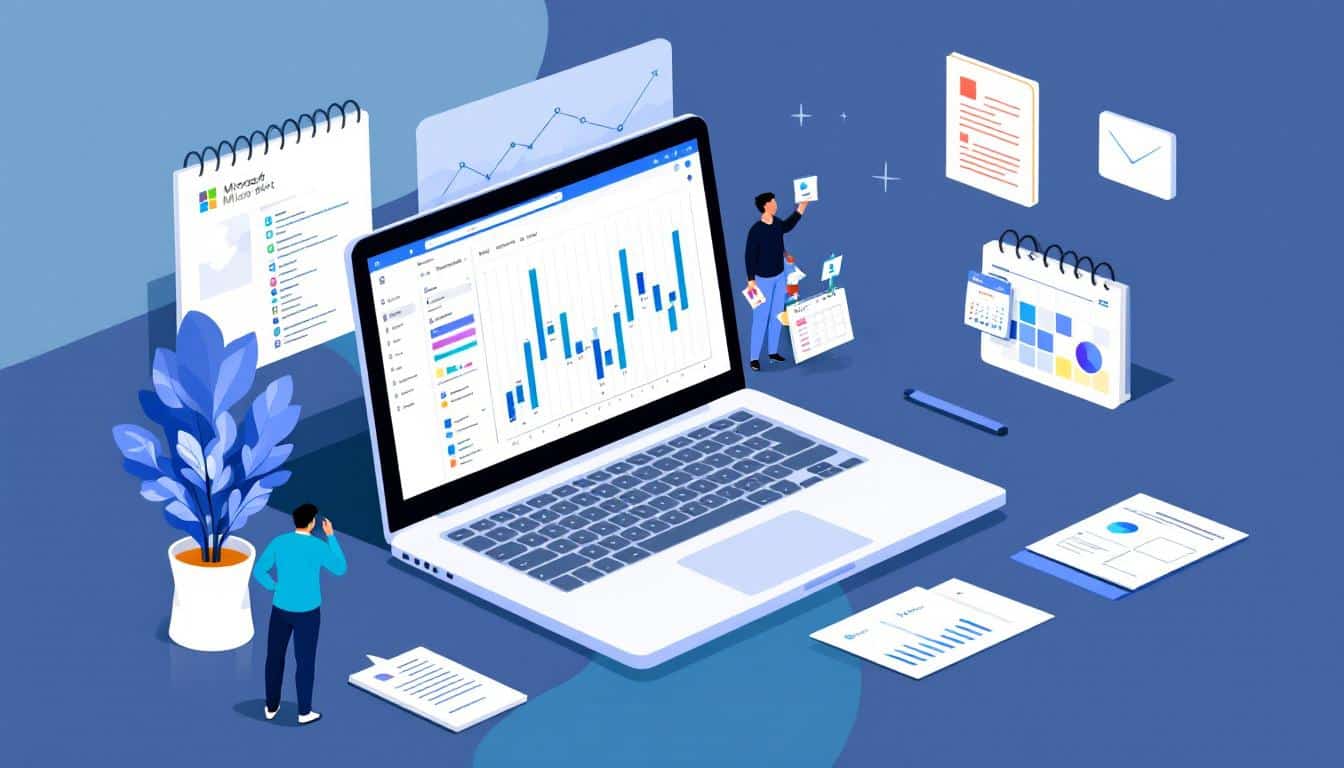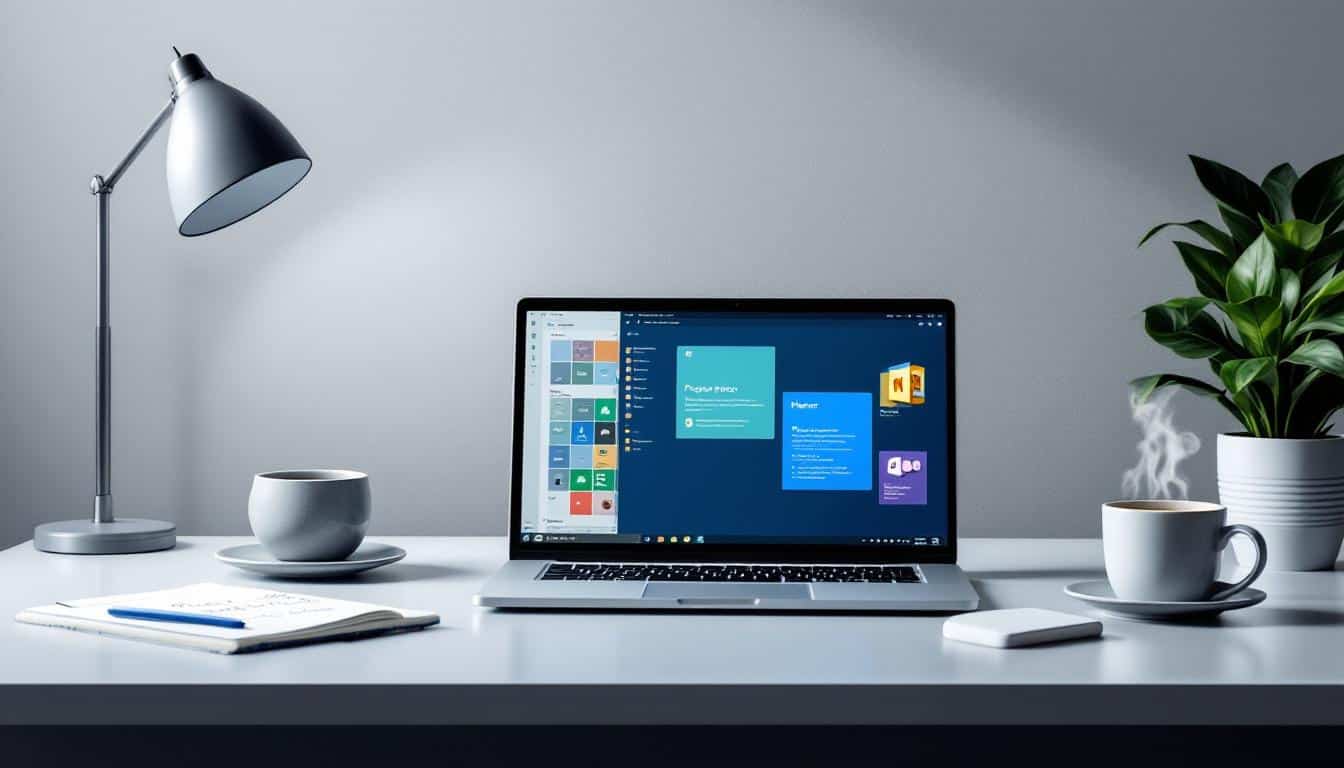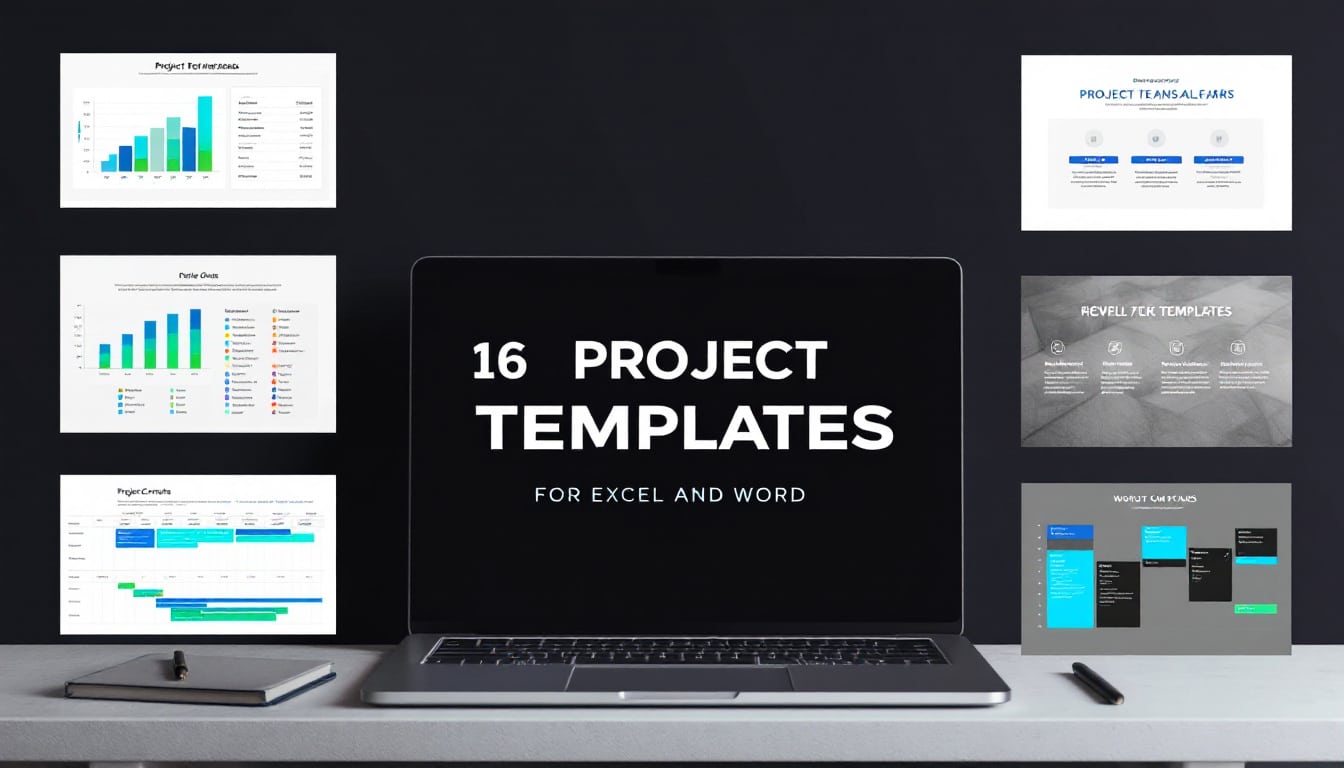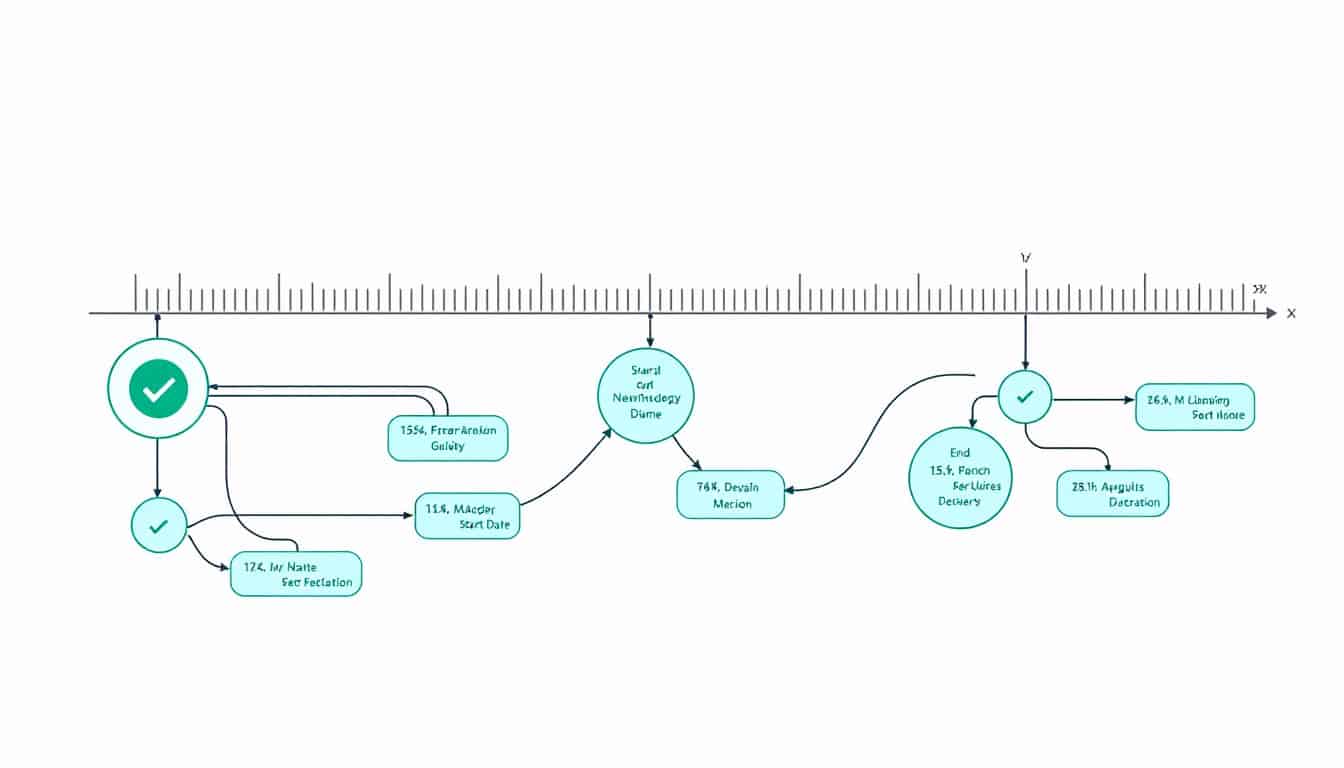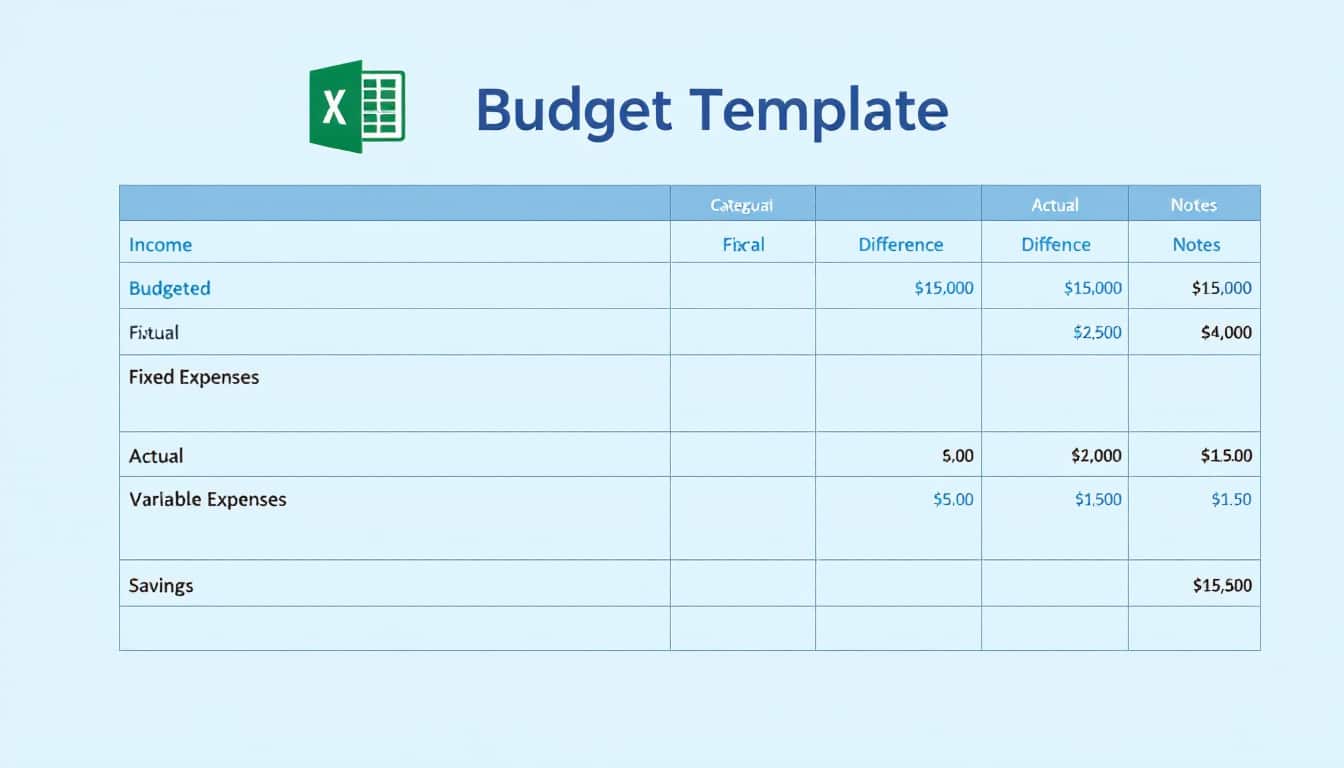Launching a project without assessing its feasibility is like sailing without a compass. Every ambitious initiative rests on a solid foundation that guarantees its potential success. A well-conducted feasibility study can turn an idea into a thriving reality.
Understanding the technical, economic, and legal aspects is essential for anticipating challenges and maximizing opportunities. This in-depth analysis provides an overview of the benefits and constraints, ensuring informed decision-making. Whether you are an experienced project manager or an emerging entrepreneur, a feasibility study is your best ally to minimize risks and optimize outcomes.
🔥 Nous recommandons Ideamap
Ideamap est l’outil idéal pour un brainstorming ou un projet collaboratif. Grâce son interface facile et à ses fonctions IA, Ideamap booste votre créativité tout en favorisant une meilleure organisation de vos idées pour atteindre vos objectifs.
Introduction to the Feasibility Study
In the world of project management, a feasibility study is an essential tool that allows for the assessment of a project’s viability before fully committing. It serves as a solid foundation upon which the planning and execution of the project rely. By analyzing various aspects such as technical, economic, legal, operational, and temporal viability, this study addresses the crucial question: “Is this project feasible?”.
Without a rigorous feasibility study, projects risk encountering unforeseen obstacles, leading to delays, cost overruns, or even complete failures. This detailed article explores the different dimensions of a feasibility study, its importance, the types of feasibility, and the best practices for conducting this critical analysis.
What is a Feasibility Study?
A feasibility study is a thorough evaluation of the possibility of successfully executing a proposed project or initiative. It examines whether the project is technically and financially viable while adhering to legal and operational constraints. The main goal is to determine if the available resources, skills, and technologies are in place to achieve project success.
This study consists of a detailed analysis of several key factors:
- Technical feasibility: assesses the technologies and skills necessary to carry out the project.
- Economic feasibility: analyzes the costs, benefits, and expected return on investment.
- Legal feasibility: ensures that the project complies with applicable laws and regulations.
- Operational feasibility: examines the organization’s capacity to manage and execute the project.
- Temporal feasibility: assesses whether the project can be completed within the allotted time frame.
By answering these questions, the feasibility study provides a clear overview of the project’s feasibility, allowing decision-makers to make informed choices.
Why is a Feasibility Study Important?
Conducting a feasibility study is crucial for several reasons. First, it helps identify potential risks and obstacles before the project begins, thereby allowing for the implementation of strategies to mitigate them. This avoids unpleasant surprises that can arise during the execution phase and could jeopardize the project’s success.
Moreover, a well-conducted feasibility study offers a holistic view of the project’s advantages and disadvantages. It allows for weighing potential benefits against the costs and efforts required, ensuring that the project is not only feasible but also profitable and aligned with the organization’s strategic objectives.
Additionally, this study facilitates communication and alignment among different stakeholders. By providing concrete data and detailed analyses, it helps gain the necessary buy-in and support to move forward with the project. This is particularly important for mobilizing resources and obtaining the required funding.
Finally, a feasibility study contributes to effective project planning. By identifying requirements and constraints from the outset, it enables the creation of a realistic and well-structured project plan, thereby minimizing the risks of budget overruns or delays.
In summary, the feasibility study is an essential step in project management, ensuring that the initiatives undertaken are solid, viable, and aligned with organizational objectives.
What are the Elements of a Feasibility Study Report?
A feasibility study report is a structured document that compiles the results of the analysis conducted to evaluate a project’s feasibility. It contains several key sections:
- Executive summary: a synthesis of the main conclusions and recommendations of the study.
- Product or service description: details about what the project aims to achieve, including technical and functional specifications.
- Technological considerations: assessment of the necessary technologies and their availability.
- Product or service market: analysis of demand, competition, and market opportunities.
- Marketing strategy: plan for promoting the product or service and reaching target customers.
- Organization and personnel: necessary organizational structure and required skills.
- Timeline: detailed schedule of the various stages of the project.
- Financial projections: estimates of costs, revenues, and return on investment.
- Conclusions and recommendations: summary of findings and advice on whether to proceed with or abandon the project.
Each section should be written clearly and concisely, providing accurate data and relevant analyses. The report should also include recommendations based on the results of the study, thereby assisting decision-makers in making informed choices.
For more information on creating feasibility reports, you can refer to this feasibility report template that offers useful examples and templates.
What are the Types of Feasibility Study?
There are several types of feasibility studies, each focusing on a particular aspect of the project. Here are the main types:
Pre-feasibility Study
Before conducting a complete feasibility study, a pre-feasibility study is often carried out. It allows for prioritizing ideas or project approaches and quickly determining if there are obvious obstacles, whether they are technical, financial, or operational.
This preliminary step is essential to avoid dedicating significant resources to non-viable projects. If the pre-feasibility confirms the robustness of the proposal, a complete feasibility study can then be undertaken.
Technical Feasibility Study
The technical feasibility study examines whether the organization has the necessary technical resources and expertise to execute the project. This includes assessing available technologies, staff skills, infrastructure needs, and production capabilities.
For example, if a project requires the development of a new technology, the study will assess whether this technology can be developed in-house or whether it needs to be acquired from an external supplier.
To delve deeper into this topic, discover the problem-solving methods that can be utilized during the technical evaluation of a project.
Economic Feasibility Study
The economic feasibility study, also known as the “financial feasibility study,” determines whether the project is profitable. It includes:
- Estimation of initial capital and working capital needed.
- Identification of the total costs of the project.
- Research for funding sources, such as loans or investors.
- Cost-benefit analysis to determine profitability.
- Projections of cash flows, financial statements, and projected balance sheets.
This analysis ensures that the project generates a sufficient return on investment to justify the incurred expenses.
To better understand feasibility report examples and templates, check out the online resources available.
Legal Feasibility Study
The legal feasibility study ensures that the project complies with all applicable laws and regulations. This includes examining regulatory requirements, necessary licenses, and compliance standards.
For example, a construction project will need to comply with local building codes, while a technology project must adhere to data protection regulations.
The legal feasibility study is crucial to avoid legal complications that could delay or cancel the project.
Market Feasibility Study
The market feasibility study evaluates the potential demand for the proposed product or service. It analyzes aspects such as:
- The size and growth of the market.
- The profile of target customers.
- Market trends.
- Competition and market shares.
This analysis helps determine whether the market is ready to welcome the new product or service and if the project possesses a sufficient competitive advantage to succeed.
To learn more about brainstorming techniques for product innovation, visit this article on brainstorming techniques.
Steps to Conduct a Feasibility Study
Conducting a feasibility study involves several methodical steps that ensure a comprehensive and accurate analysis of the project. Here are the seven key steps:
1. Conduct a Preliminary Analysis
Start by describing your project plan by highlighting an unmet need or a market opportunity. Assess whether feasibility factors, such as high costs or lack of market access, can be overcome.
2. Prepare a Projected Income Statement
Work starting from expected revenues to identify necessary funding. Include required services, their costs, and potential adjustments like repayments.
3. Conduct a Market Survey or Research
This step is crucial for the success of the study. In-depth market research will provide a clear picture of expected revenues and return on investment. Analyze factors such as geographical location, demographics, competition, and technological trends.
If your organization lacks resources, it may be wise to engage an external firm to conduct this research.
4. Plan the Organization and Operations
Establish the organizational structure and operations necessary to meet the criteria for technical, operational, economic, and legal feasibility. Detail initial costs, fixed investments, and operational expenses such as equipment, marketing, human resources, and overhead costs.
5. Prepare an Initial Balance Sheet
Accurately estimate assets and liabilities. List items, sources of funding, costs, and available financing. Include liabilities such as lease agreements, acquisition of land, buildings, and equipment, as well as financing for assets and accounts receivable.
6. Review and Analyze All Data
After gathering all data, a thorough review and analysis are essential to ensure their accuracy and relevance. Compare projected financial statements with expenses and liabilities to check the reality of the projections. Identify potential risks and develop contingency plans.
7. Make a Decision to Proceed or Not
The final step is to decide whether the project is viable or not. This decision is based on all the previous analyses. Consider whether the commitment of time, effort, and resources is worthwhile and if the project’s goals align with the strategic objectives and long-term aspirations of the organization.
For better organization of your data and effective execution of your feasibility study, using a project management software is strongly recommended.
Examples of Feasibility Studies
Feasibility studies vary by industry and project types. Here are two concrete examples to illustrate their application:
Feasibility Study in Construction
Imagine a large construction company wishing to launch a new residential project.
- Pre-feasibility: Initial meeting to prioritize projects and discuss ideas, assessing potential financial benefits.
- Technical feasibility: Estimation of necessary resources, including materials, equipment, and labor. If resources are insufficient, resort to subcontractors.
- Economic feasibility: Estimation of costs based on previous projects, analysis of profit margins, and financial projections.
- Legal feasibility: Identification of regulations and building codes, obtaining necessary government approvals.
- Market feasibility: Analysis of average income, crime rates, population density, and migration trends to assess the potential of the residential market.
Feasibility Study in Manufacturing
In the manufacturing industry, a feasibility study may focus on producing a new product.
- Feasibility: Evaluation of ideas to determine if the product meets a specific need and if the market can support competition.
- Financial feasibility: Determination if projected revenues will cover production costs, labor, and materials.
- Market feasibility: Definition of the target audience, analysis of competition, assessment of market volume and expansion opportunities.
- Technical feasibility: Analysis of necessary resources for production, definition of the manufacturing process, storage, and distribution.
These examples demonstrate how a feasibility study can help make informed decisions in different industrial contexts.
Best Practices for a Successful Feasibility Study
To ensure an effective and comprehensive feasibility study, it is essential to follow certain best practices:
- Use project management software: Organize your data and work efficiently with tools like ProjectManager, which allow easy task planning and tracking.
- Use appropriate templates and technologies: Simplify data collection and analysis by using pre-established templates and advanced technologies.
- Involve stakeholders: Ensure that all relevant stakeholders participate in the study to obtain diverse and comprehensive feedback.
- Conduct thorough market research: Use advanced research methods to enrich your data and get a clear picture of the market.
- Research and verify data: Ensure that all data used is reliable and up-to-date to avoid errors in analysis.
By integrating these practices into your feasibility study process, you increase the chances of your project’s success and minimize associated risks.
Enhance Your Feasibility Study with ProjectManager
A feasibility study is in itself a project requiring rigorous management. ProjectManager is an award-winning project management software that can greatly facilitate this task. By uploading your plan to ProjectManager, all your tasks will be organized in an online Gantt chart, allowing for clear visualization and effective management.
With ProjectManager, you can:
- Assign tasks to team members
- Add costs and create budgets
- Develop detailed schedules
- Gather market research and add specific notes
- Monitor progress and generate progress reports
This collaborative platform provides a centralized environment for sharing ideas and feedback, thus facilitating communication and coordination among team members. To discover all of ProjectManager’s features, try our 30-day free trial and see how it can transform your project management.
For more information, visit the official ProjectManager website.
Related Content
Project management is a rich discipline of concepts and methodologies. To deepen your knowledge, check out our related articles:
- What is project methodology? 15 types of methodologies
- How to manage a project’s closure phase?
- What is a project’s life cycle? The 5 stages of a project
- What are project milestones?
- How to manage a project’s initiation phase? Quick guide
- Project charter: Quick guide
- What is a project’s triple constraint?
These resources will help you master the various facets of project management and improve your planning and execution skills.









